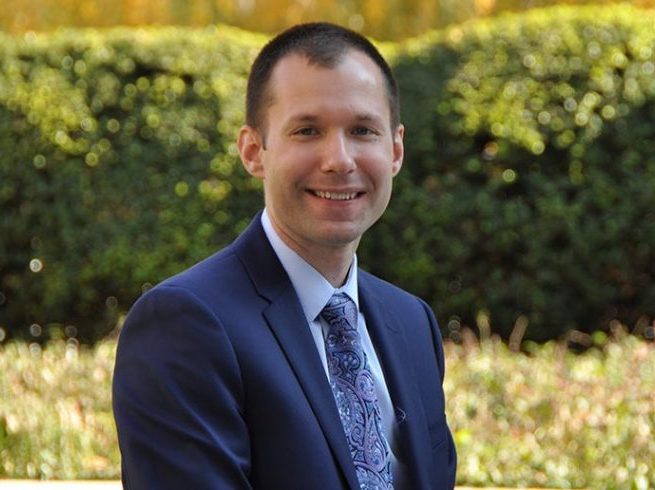By Austin Fimmano

LONDON– The city of London is replete with tourist traps, shopping and incredibly diverse cuisine. It is interwoven with time-honored British customs, like a healthy respect for the queen and the importance of tea, whether it is high or simply brewed in your kitchen that morning. The best part is that every turn holds a piece of history or a marker of a time in London, so mystical that it may well be fantasy.
There are many cultural differences that take time to adjust to. Many words are different: elevators are “lifts,” a phone is a“mobile” and no one refills anything: they “top up.” England is a funny place to study abroad for this reason.
At first glance, it seems as if everything is the same as back home. I mean, it is the same language, right? I have it a lot easier than friends in Madrid or Rome, but if you fail to look close enough, you may never pick up on the subtleties that separate our loud, young culture from a way of life that has been developing for centuries longer. The harder you look, the more there is to find.
London seems like a city of discovery just waiting for a wanderer like me. I guess New York would feel like that too, in a foreigner’s eyes. But really knowing a city means knowing the gritty side of it. Living in New York has familiarized me with the underbelly of the city — the politics, the crime, the rats, etc. And the more I break through the tourist shell of London, the more I see of the same. (Well, there are considerably fewer rats.)
One of the first things that reminded me of real life was the River Thames. The banks of the river are incredibly beautiful and dotted with buildings such as St. Paul’s Cathedral, the London Eye and Big Ben, among many others. But look down and you will see the river swirling with muck and pollution so thick that it does not even look like water anymore. The river is brown and murky, and its shores are full of trash.
Strangely enough, within a week of my arrival, there was a call to action. An installation by British artist Jason deCaires Taylor appeared on the south bank of the Thames in early September. It is a series of sculptures, four ghostly white horsemen, doomed to be swallowed twice a day by the tide. The horses, topped with oil well pumps for heads, face the House of Parliament — calling out the political apathy towards the “environmental apocalypse.” Two of the riders are young children, trapped on their eerie horses, and the other two are middle-aged politicians with hands folded stubbornly over their round bellies. Their faces are scrunched up in indignation and their necks twisted away from Parliament and the children.
The sculptures live in and out of the water and only appear at low tide, resurrected twice a day. They can see and survive what we cannot. For me, they serve as a stark reminder that London is not any more a fantasy than New York.
Still, I am by no means disenchanted with London. After all, I love New York regardless of its prickliness and its dark side. I think I love London all the more for its grime and its toughness, as well as its two thousand-year-old struggle for constant improvement.






































































































































































































